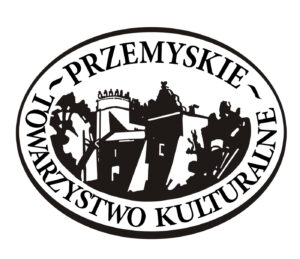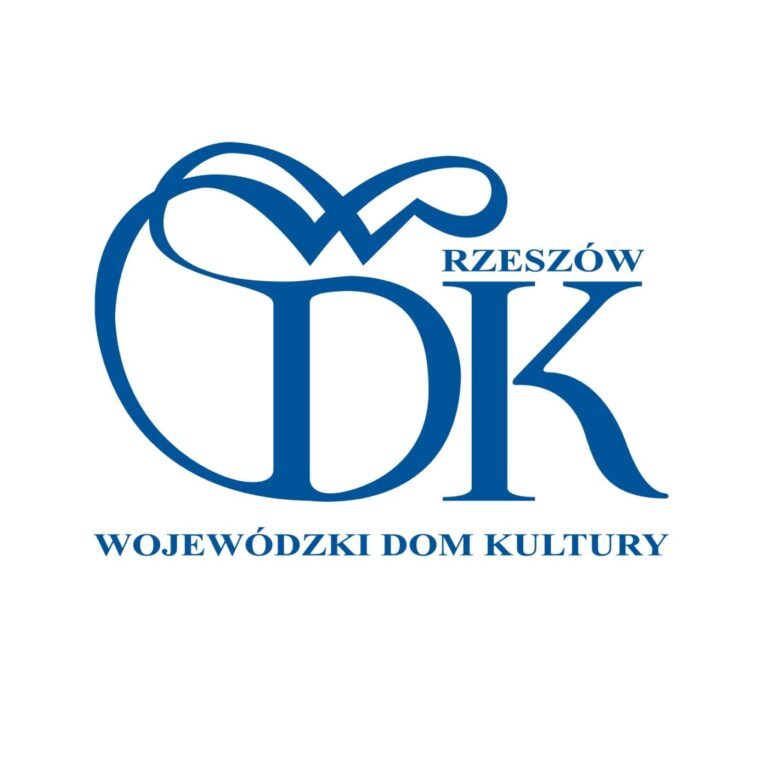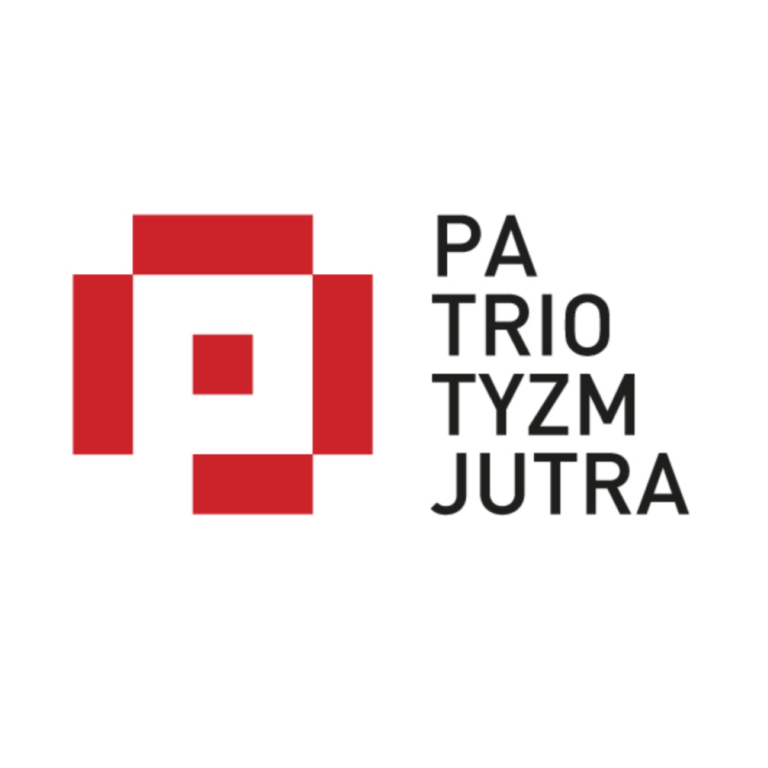Among the difficult topics was undoubtedly the conflict over the Roman Catholic bishop's curia's intention to lend the temple of the Discalced Carmelite Fathers in Przemyśl to the Greek Catholic community. The origins of the foundation of the church and monastery of the Discalced Carmelites go back to 1620, when Marcin Krasicki, the starosta of Przemyśl, decided to donate his property for this purpose. After the First Partition of Poland, Austrian Emperor Joseph II abolished contemplative orders and two years later handed over the Carmelite property in Przemyśl to the Greek Catholic clergy, which used the church as a cathedral temple until 1946. At that time, the Carmelites managed to regain the church and monastery, but already in 1952 they were removed from Przemyśl by the communist authorities. In 1958, after numerous efforts, the monks managed to return to Przemyśl and retake the church, only without the monastery buildings. The monastery was not returned to the Carmelites until 1990. The conflict over the "Carmel" was sparked by a letter from Cardinal Myro- slav Lubachivsky dated September 26, 1990, addressed to the General of the Order of Discalced Carmelites in Rome, in which the hierarch of the Greek Catholic Church demanded the return of the church. On February 15, 1991, an agreement was signed to hand over the Divine Carmelite Church to the Greek Catholics for five years. The agreement was signed by, among others, Cardinal Jozef Glemp - the Primate, Archbishop Jozef Kowalczyk - the Apostolic Nuncio, Bishop Ignacy Tokarczuk - the Ordinary of Przemyśl, and Bishop Jan Martyniak - the Byzantine-Ukrainian bishop of the Przemyśl diocese. On February 23, the Social Committee for Defense of the Polish Carmelite Church in Przemyśl was established, headed by Stanislaw Zolkevich. The Committee began picketing in front of the church and many other activities in defense of the Carmelite Church. In April, the Committee decided to close and occupy the church. Just before Pope John Paul II's visit to Przemyśl, the Committee decided to stop the protest. On June 1, the Holy Father announced his decision to transfer ownership of the Garrison Church (a former Jesuit church) in Przemyśl to Greek Catholics for use as a cathedral. Although the decision ended the dispute over the church, protests continued until September 1991, which had to do with the intention to remove the Discalced Carmelites from Przemyśl.
Marek Kuchciński jako redaktor naczelny „Spojrzeń Przemyskich” nie zajmował w tej kwestii oficjalnego stanowiska, ale wydaje się, że redakcja periodyku zareagowała wówczas w sposób znaczący, publikując w lutowo-marcowym numerze w 1991 r. materiały historyczne dotyczące kościoła oo. karmelitów bosych (na pierwszej stronie fotografia wnętrza kościoła), jak również listy i oświadczenia przedstawicieli różnych podmiotów, w których wyrażano sprzeciw wobec decyzji o przekazaniu kościoła grekokatolikom, uznawano bowiem, że może ona wywołać „falę niezadowolenia i nienawiści, której nie można by było opanować”. „Spojrzenia Przemyskie” zamieściły też pismo w tej sprawie skierowane do Watykanu, sygnowane m.in. przez Jana Musiała – wojewodę przemyskiego, Andrzeja Matusiewicza – przewodniczącego RM, Mieczysława Napolskiego – prezydenta Przemyśla, Marka Kamińskiego – przewodniczącego Zarządu Regionu NSZZ „S” Ziemia Przemyska i Stanisława Żółkiewicza – prezesa Stowarzyszenia Obroń- ców Pamięci Orląt Przemyskich. Problematyka dotycząca historii przemyskiego „Karmelu” znalazła się nadto w kolejnym numerze (kwiecień–maj) „Spojrzeń Przemyskich”. Należy również nadmienić, że Kuchciński wówczas stał już na czele lokalnych struktur Porozumienia Centrum. Mimo że wielu działaczy tej partii w Przemyślu zaangażowało się w obronę kościoła, to PC nie zajmowało oficjalnego stanowiska w sporze. Ponadto należy odnotować, że do Społecznego Komitetu dołączył również ojciec Marka Kuchcińskiego. Wydaje się jednak, że Marek Kuchciński nie był przychylny zamiarowi przekazania kościoła karmelitów bosych społeczności grecko- katolickiej, raczej wspierał stanowisko przemyskiego samorządu, który był skłonny przekazać grunt pod budowę nowej świątyni dla grekokatolików.
Excerpt from książki poświęcony Przemyskiemu Towarzystwu Kulturalnemu, gdzie przedstawiona jest także historia tzw. Sporu o Karmel. Rozdział III, Pages 57-61,
Z Przemyśla do wielkiej polity
Jan Draus, Dariusz Iwaneczko
.
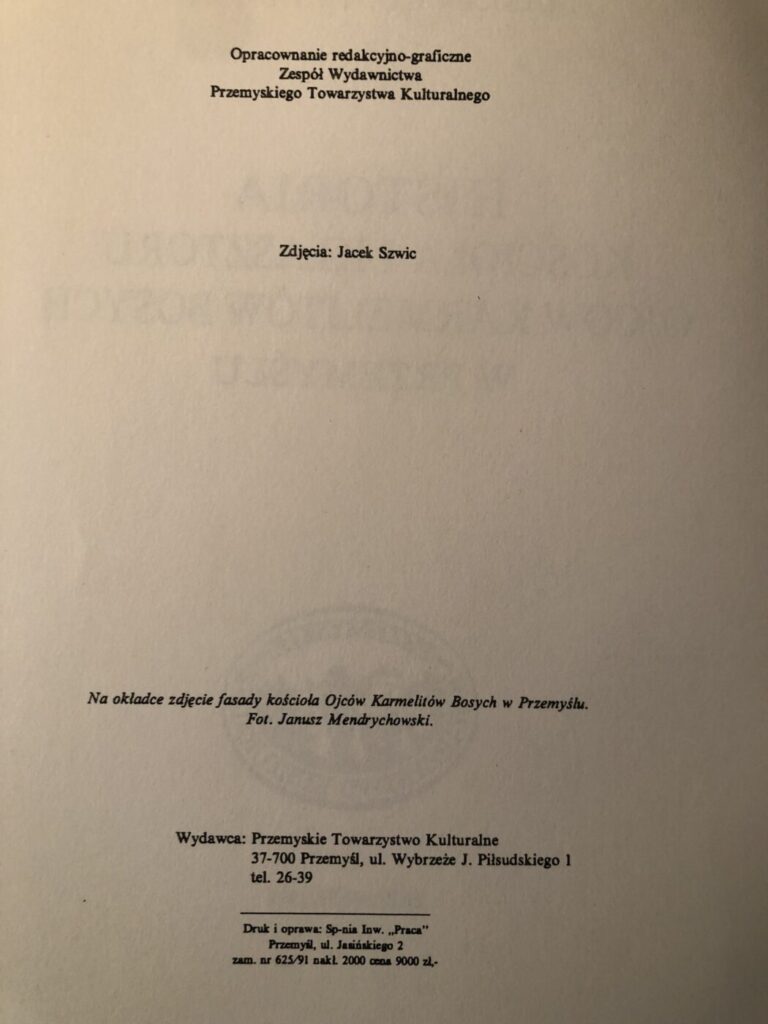

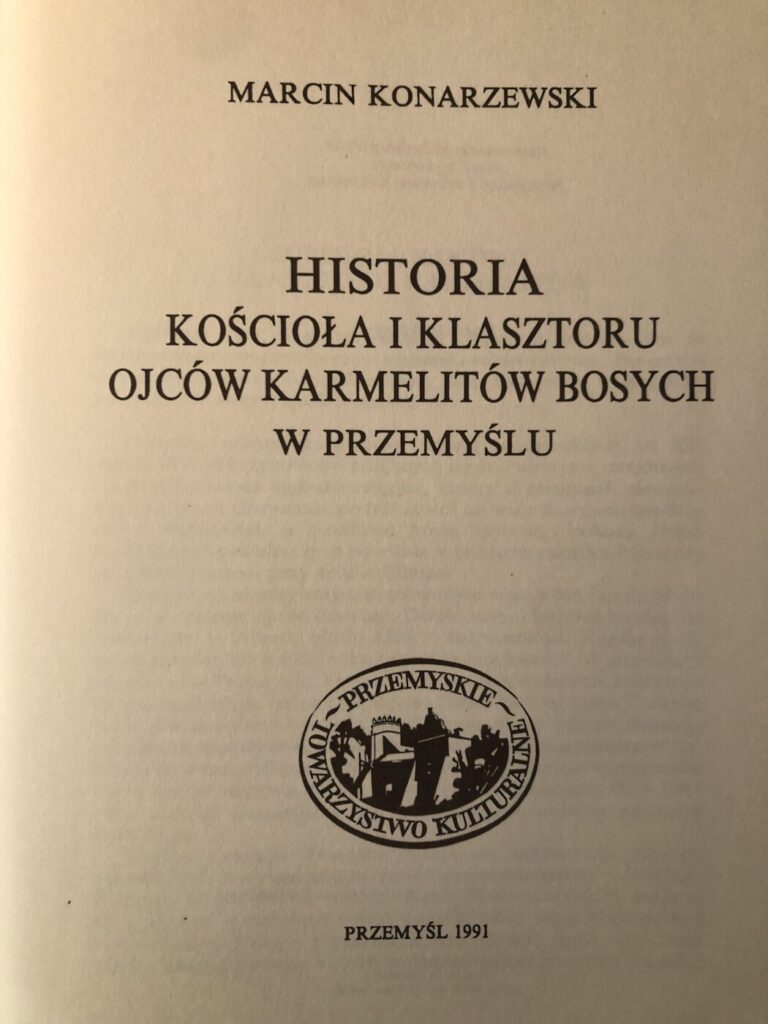
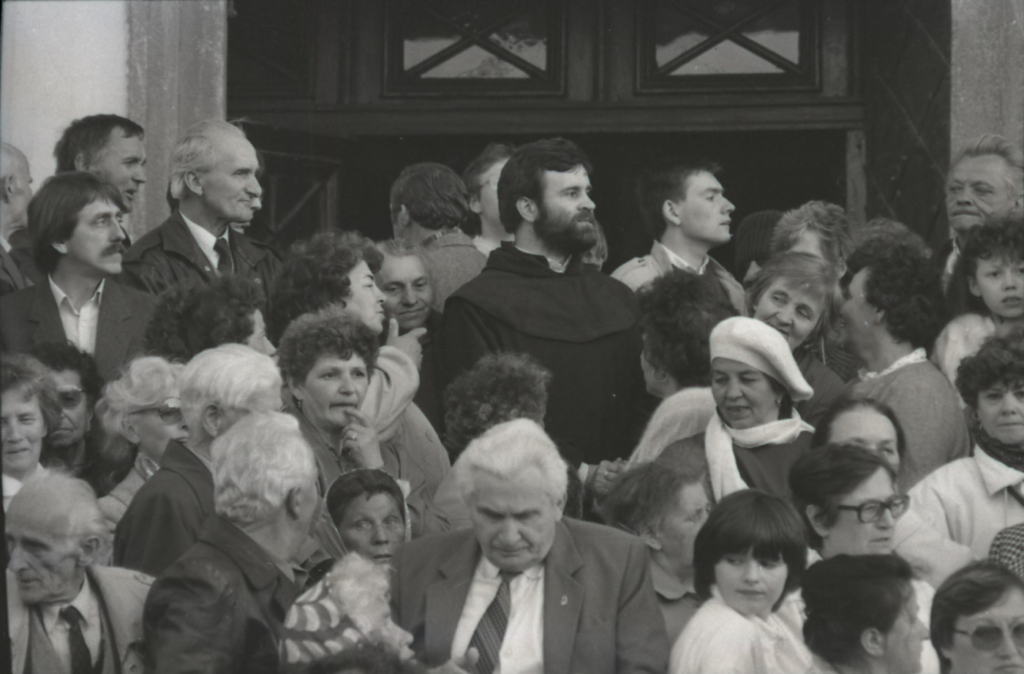
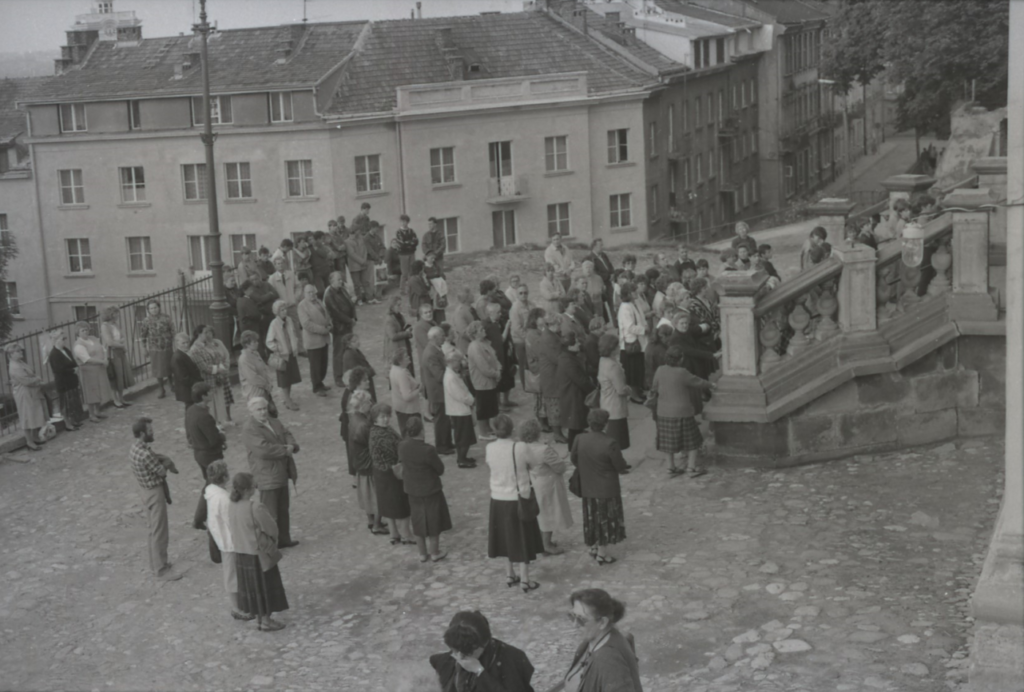
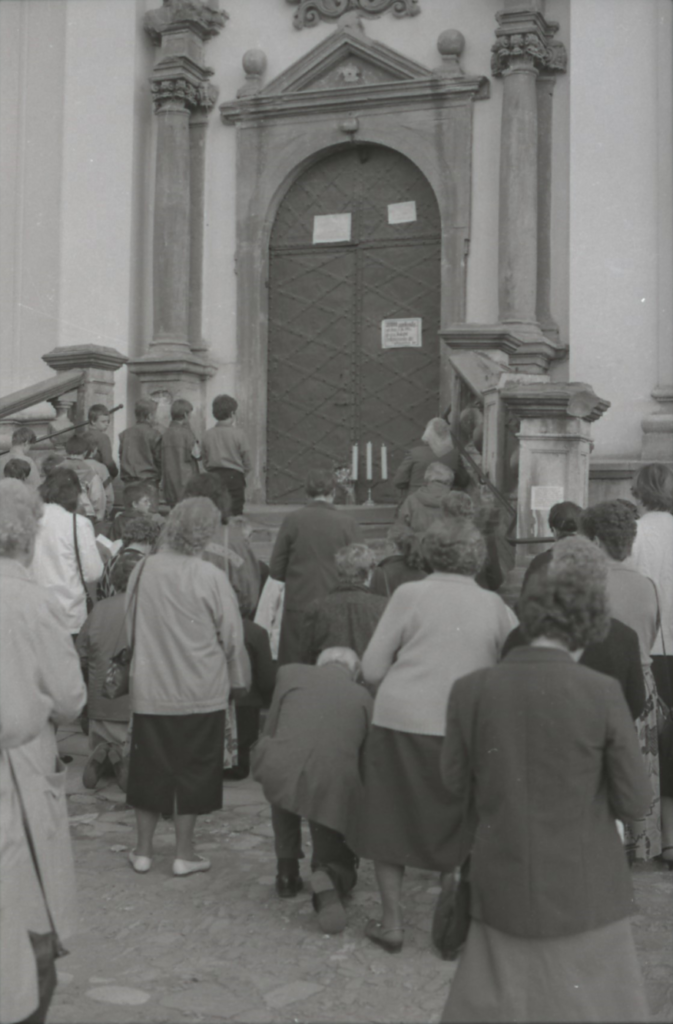
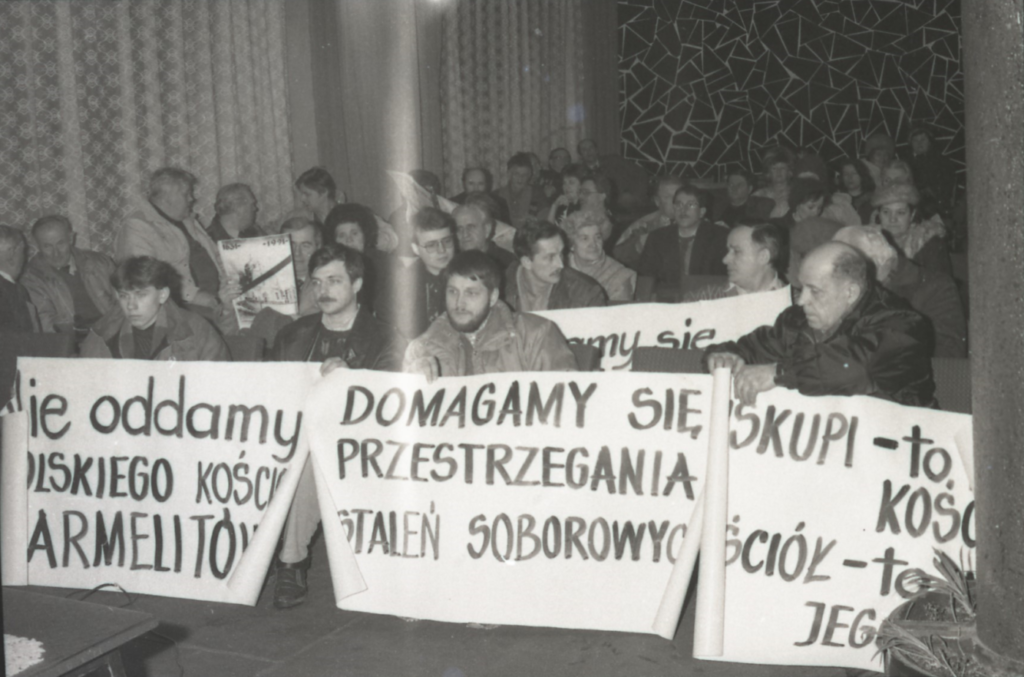

Z archiwum Jana Jarosza, “obrona Karmelu”


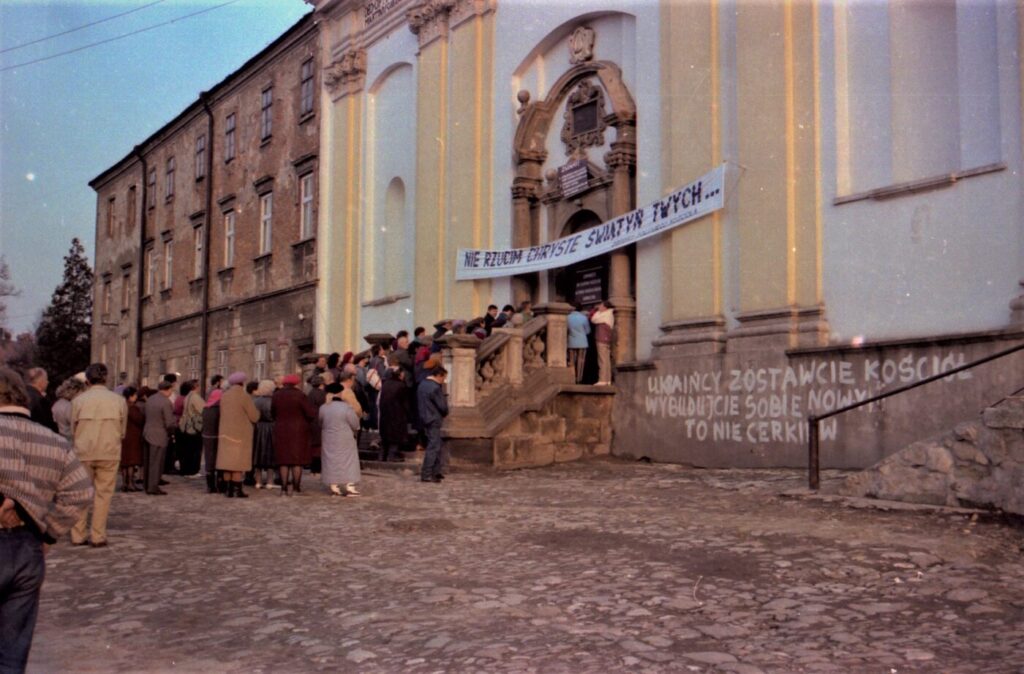
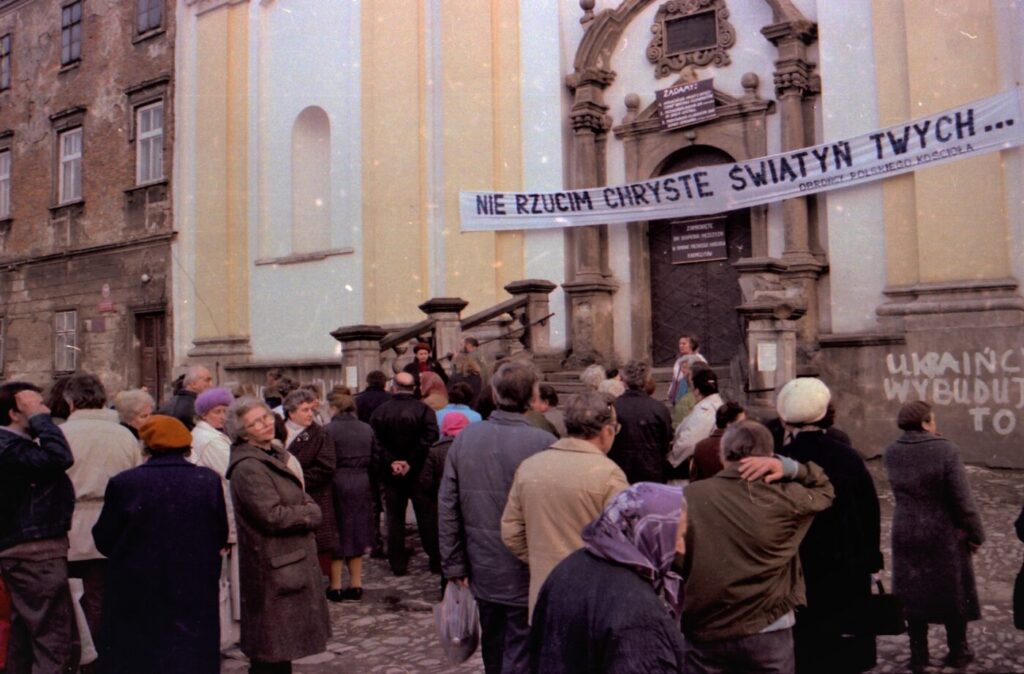
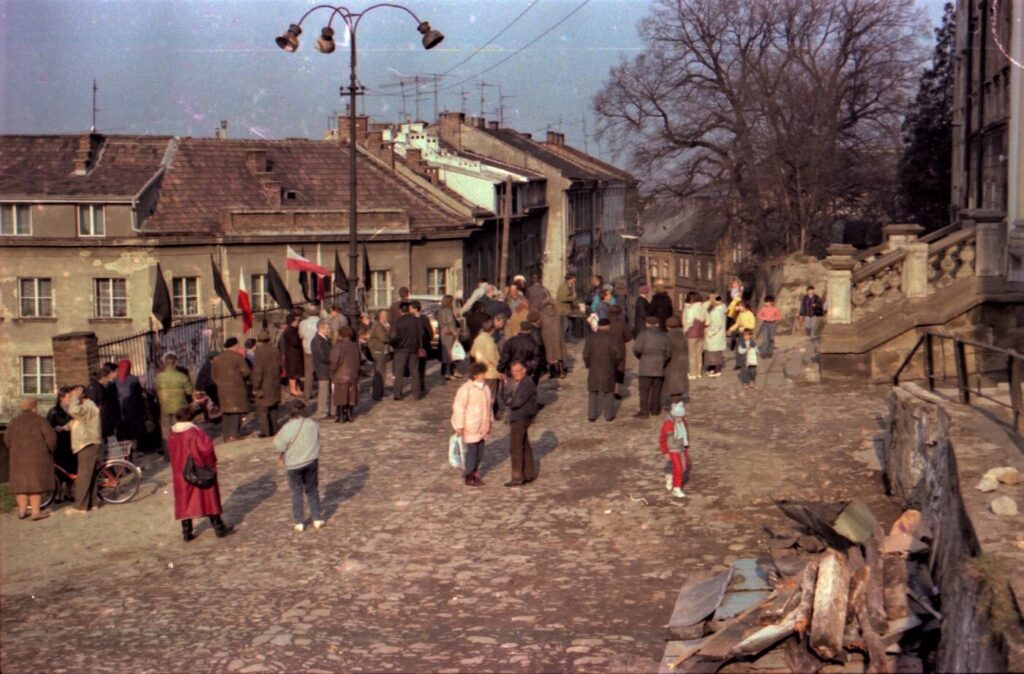
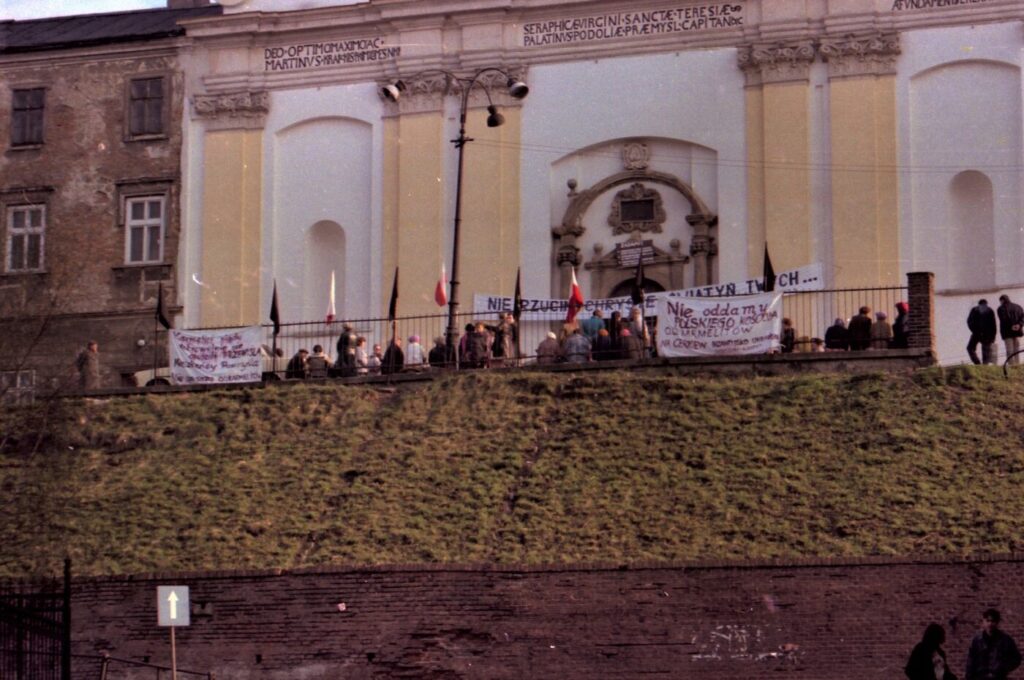
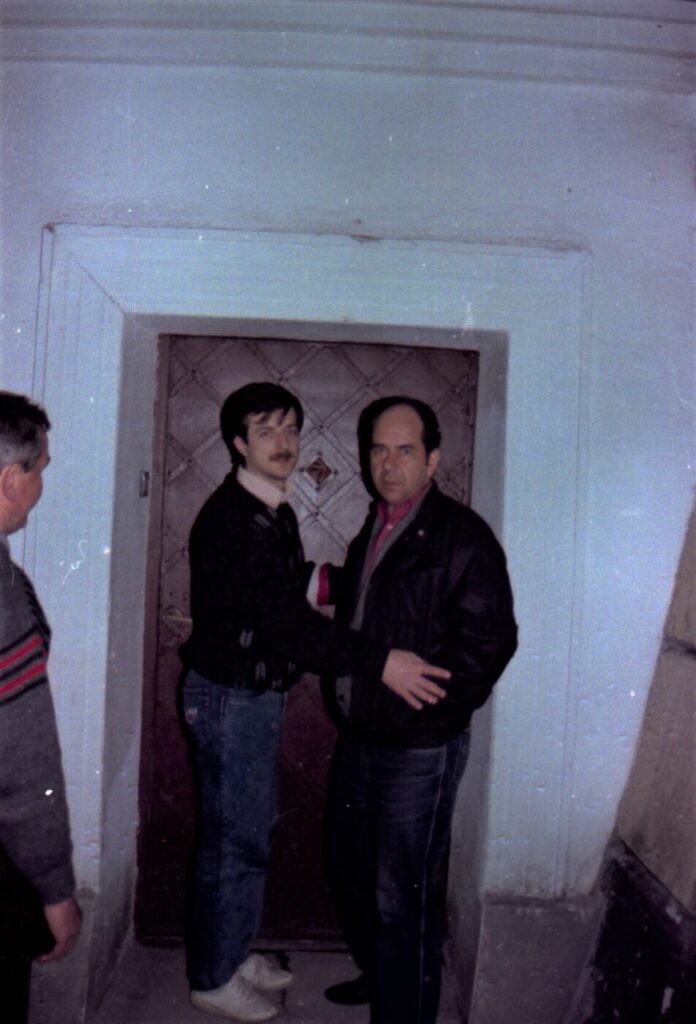
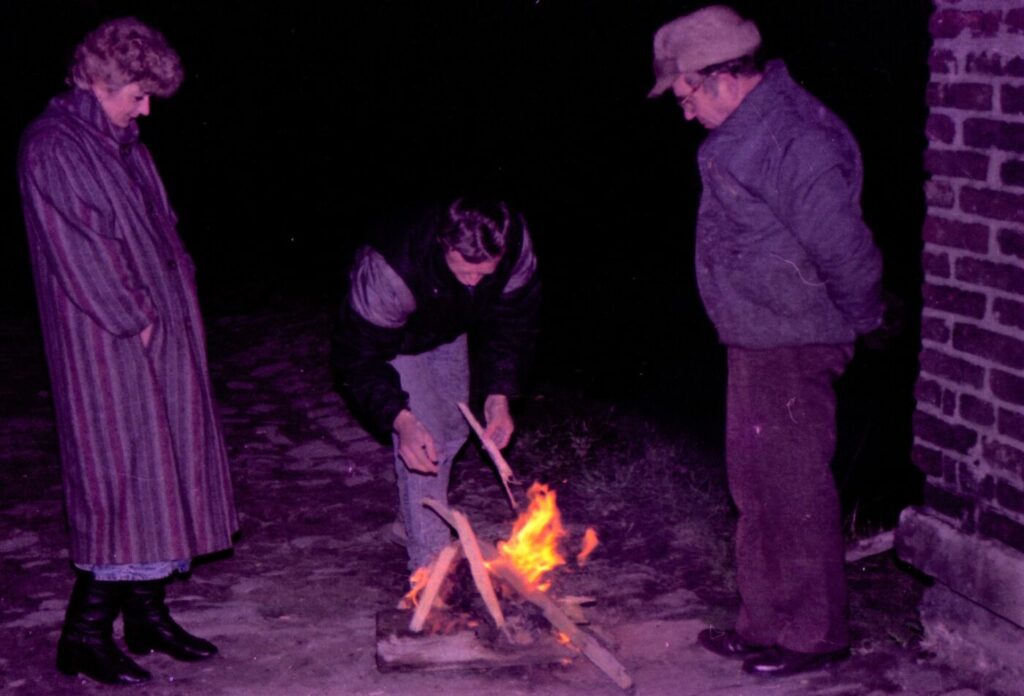

Z archiwum Jana Jarosza, rozbiórka kopuły, 1997 rok

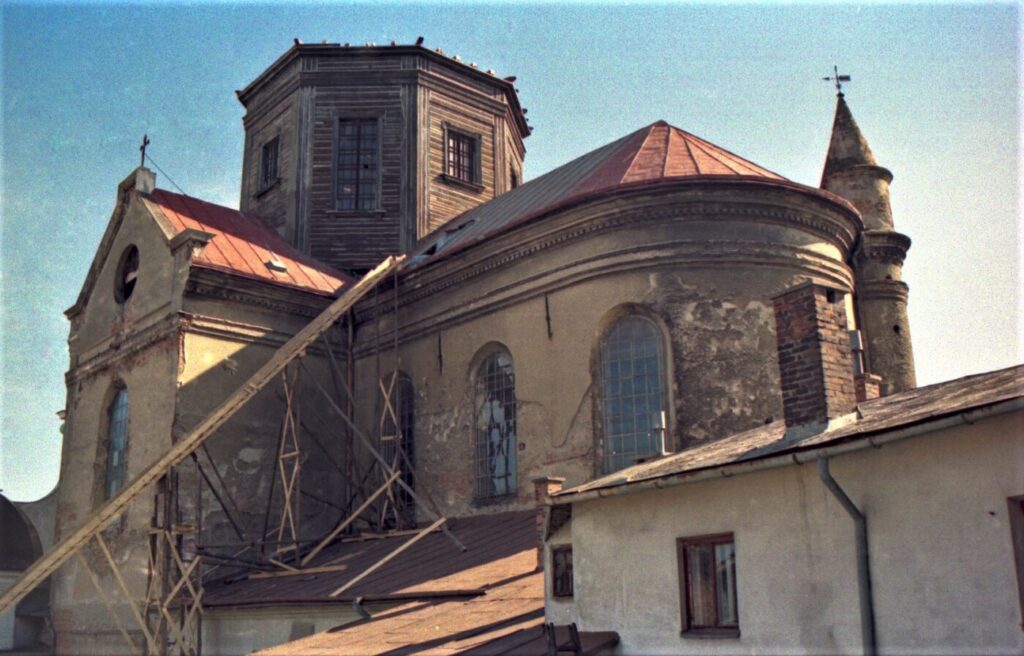


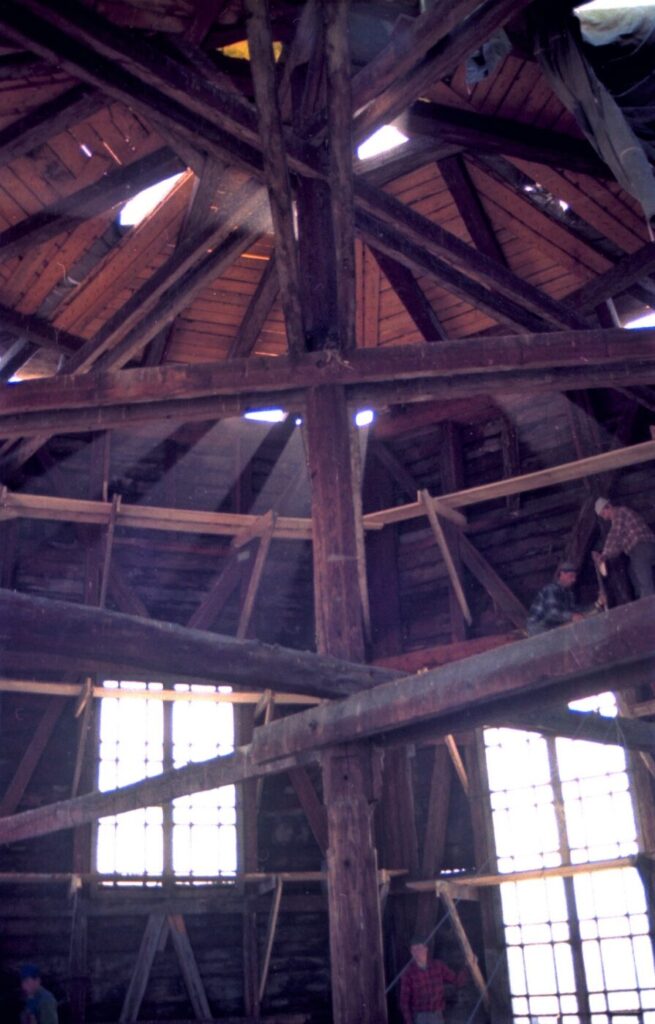
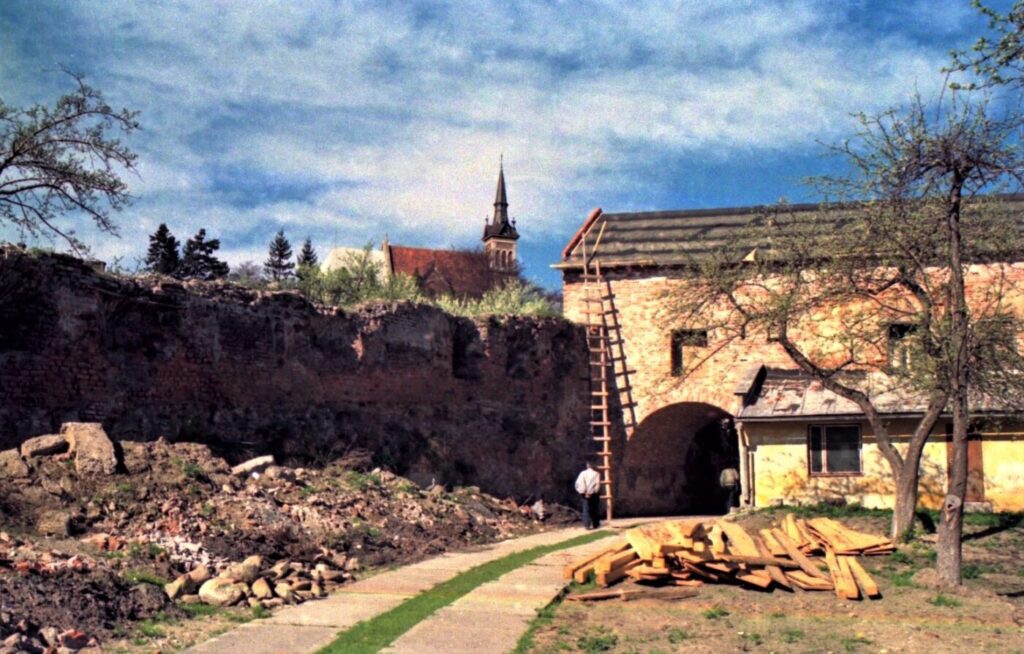
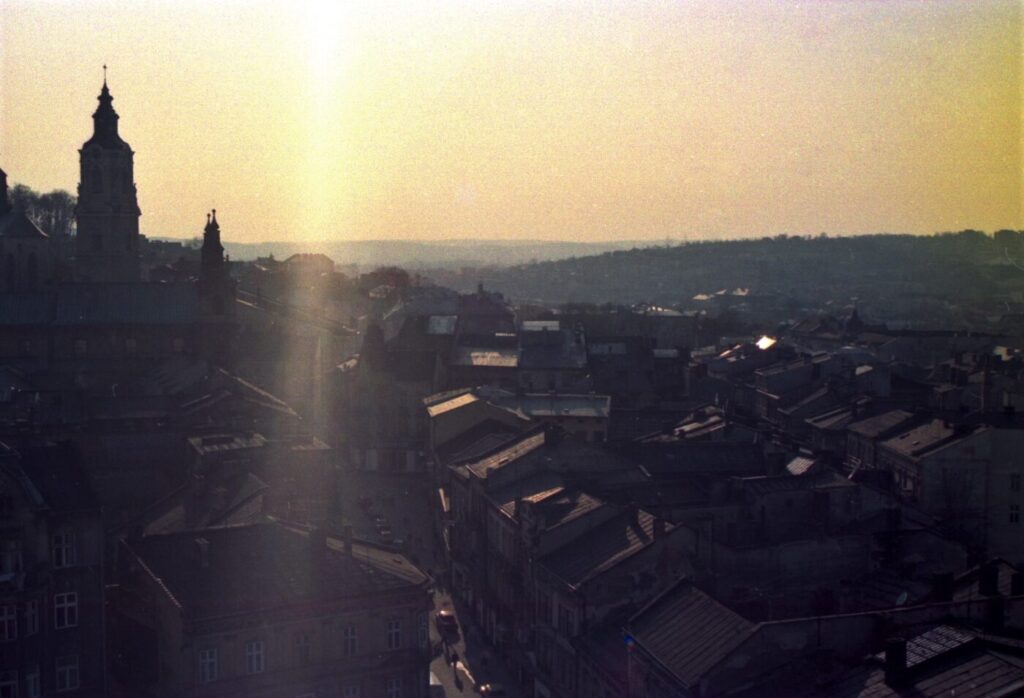

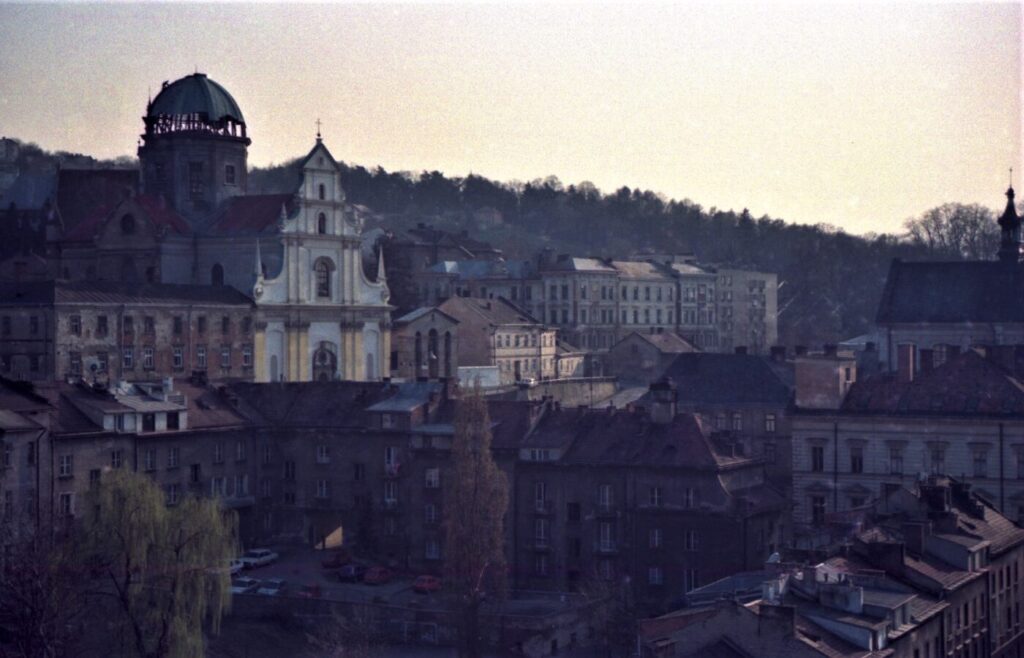



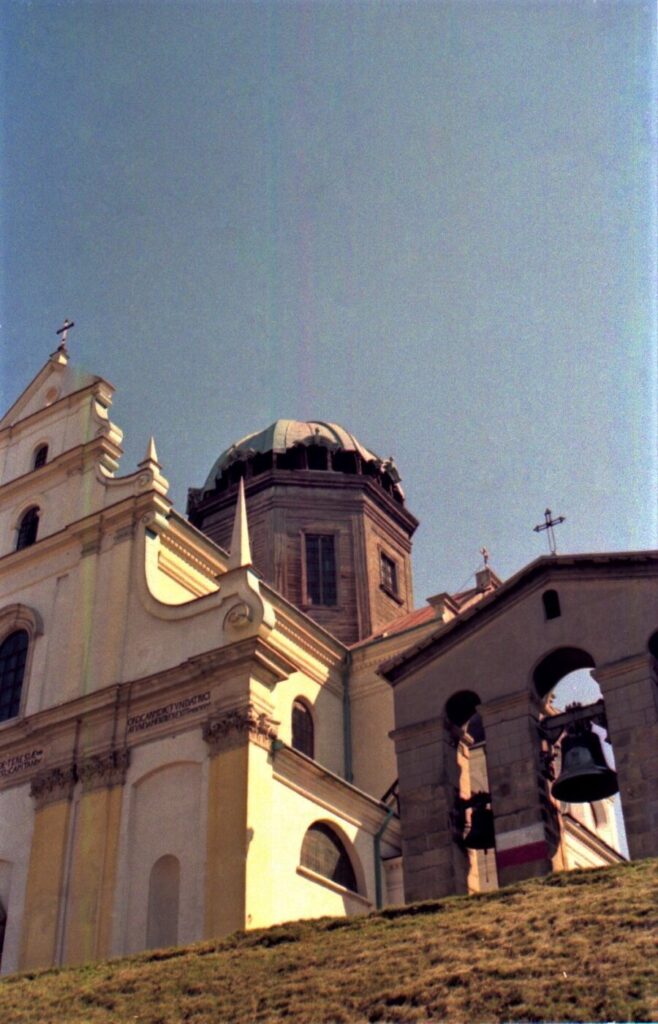
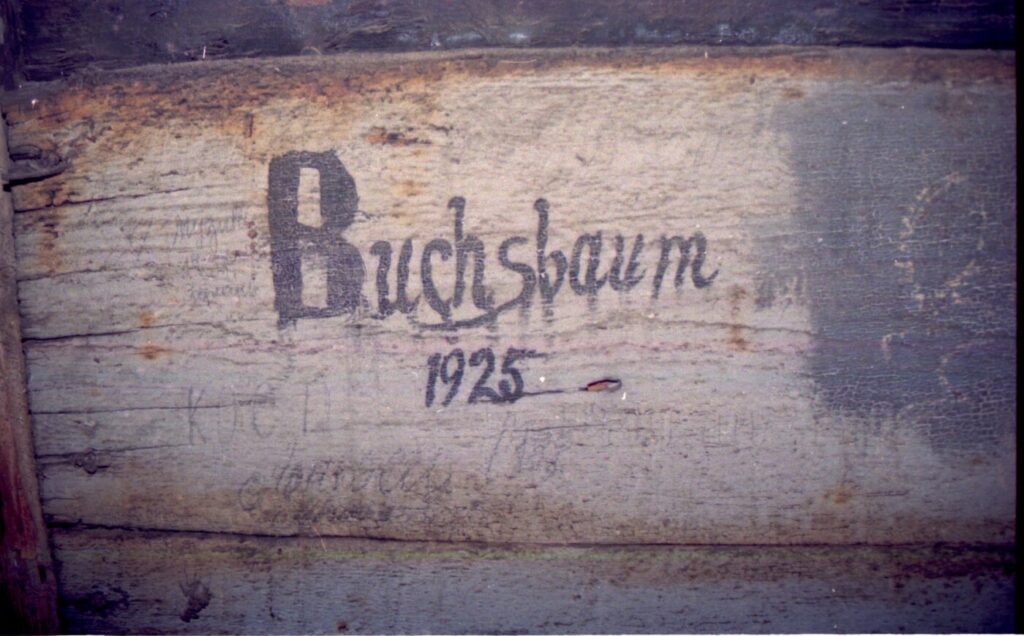
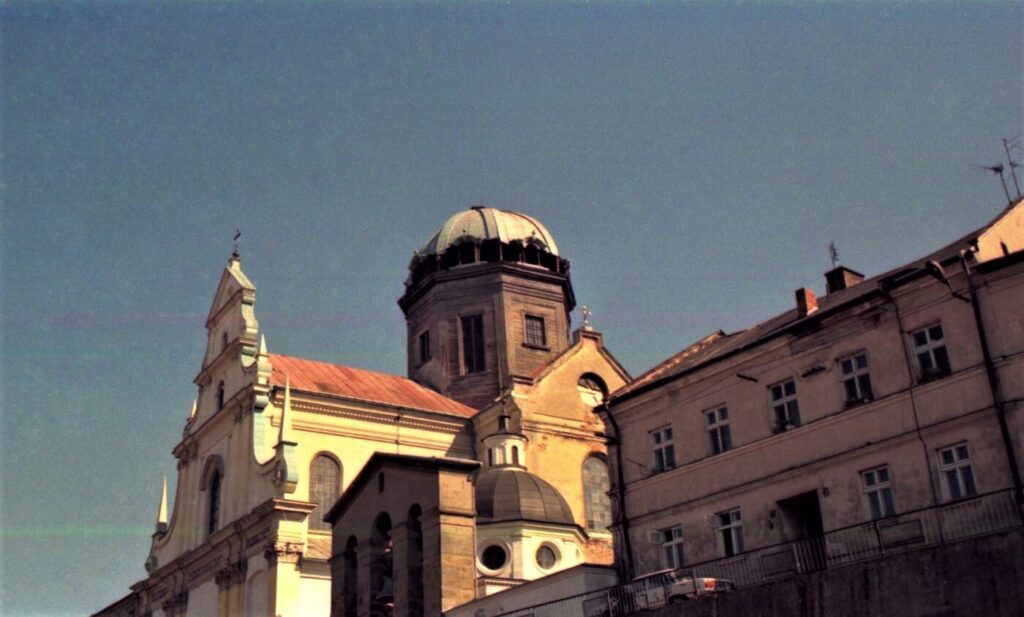

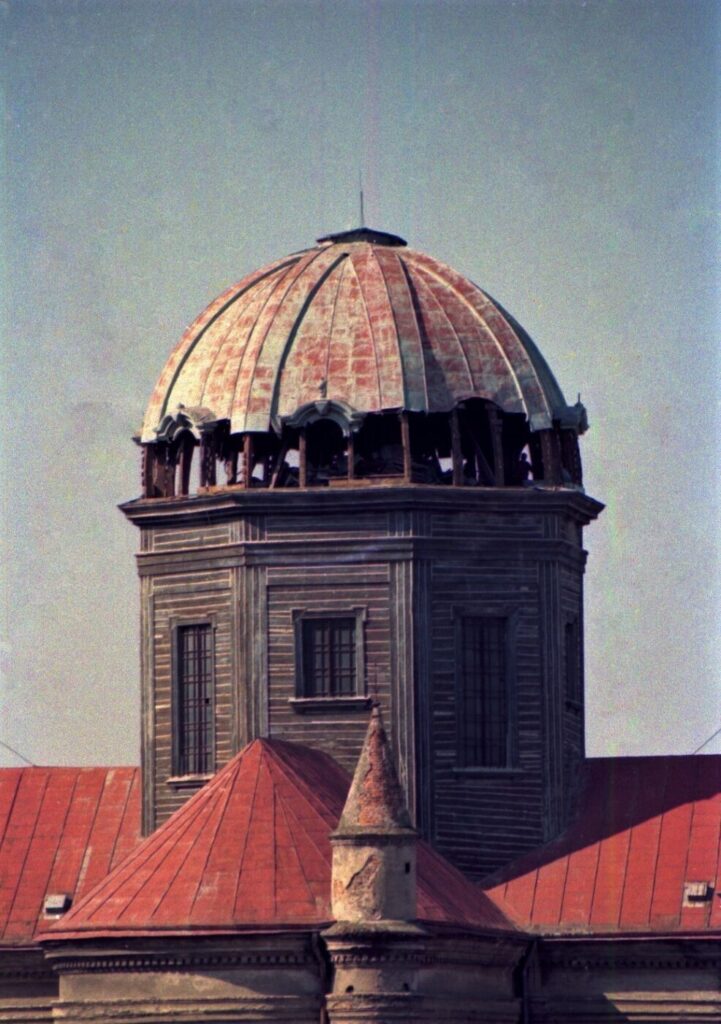
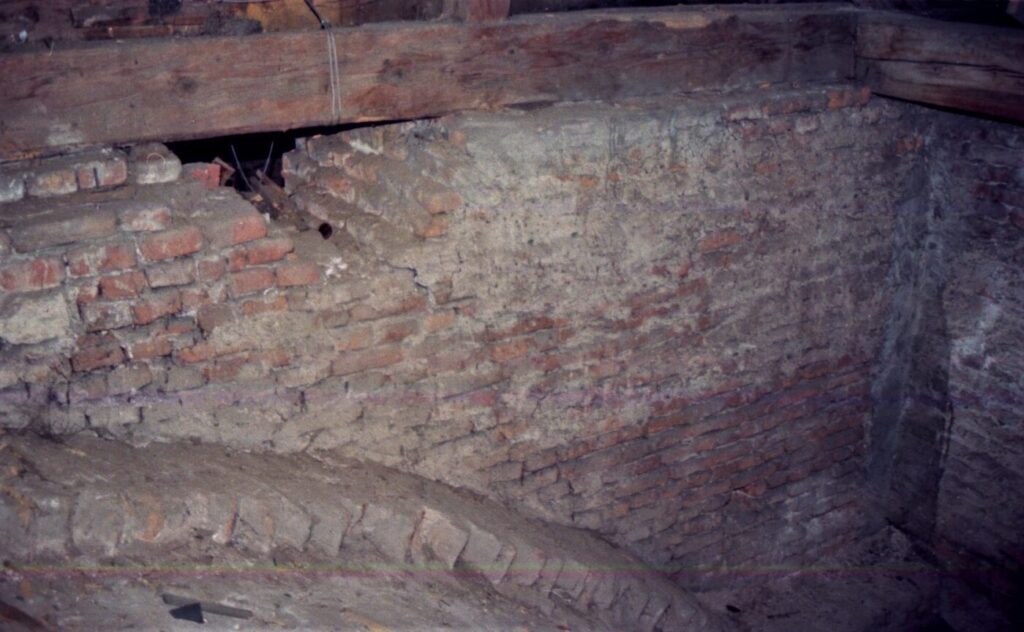

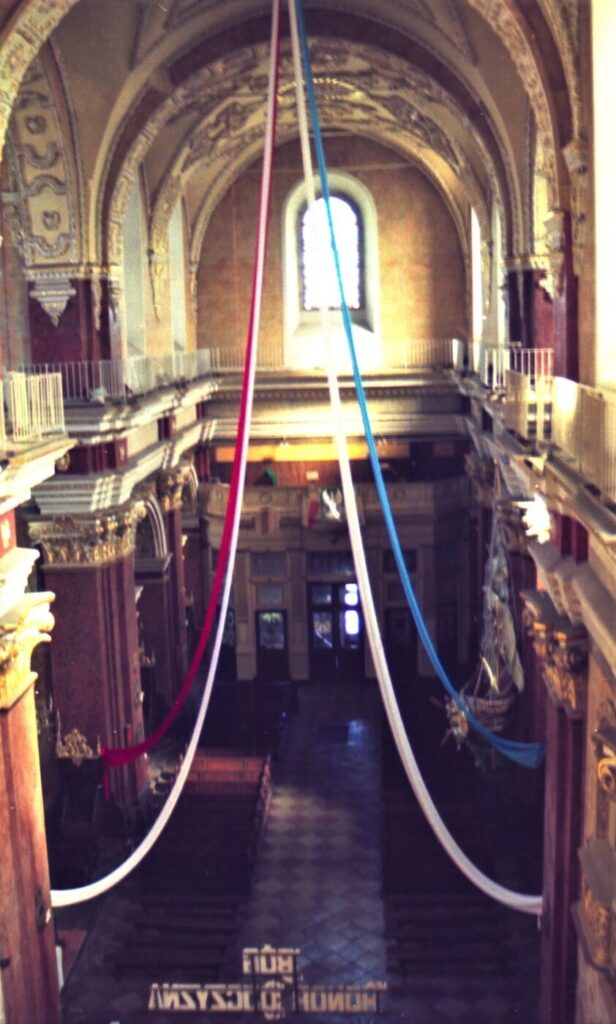
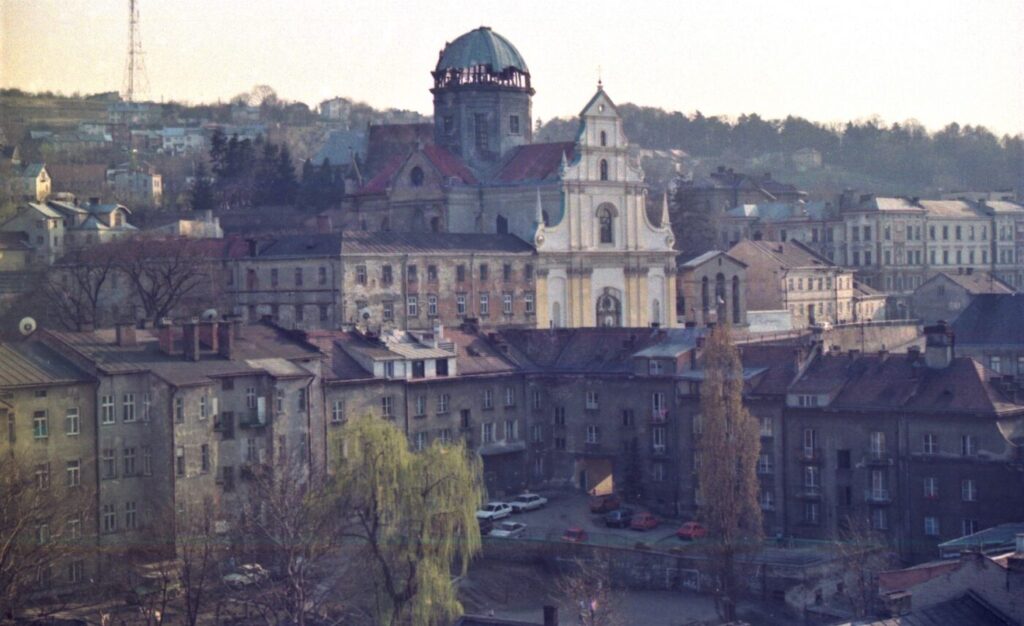
.
Sfinansowano ze środków Orlen Oil sp. z.o.o.
